The women changing science in Switzerland
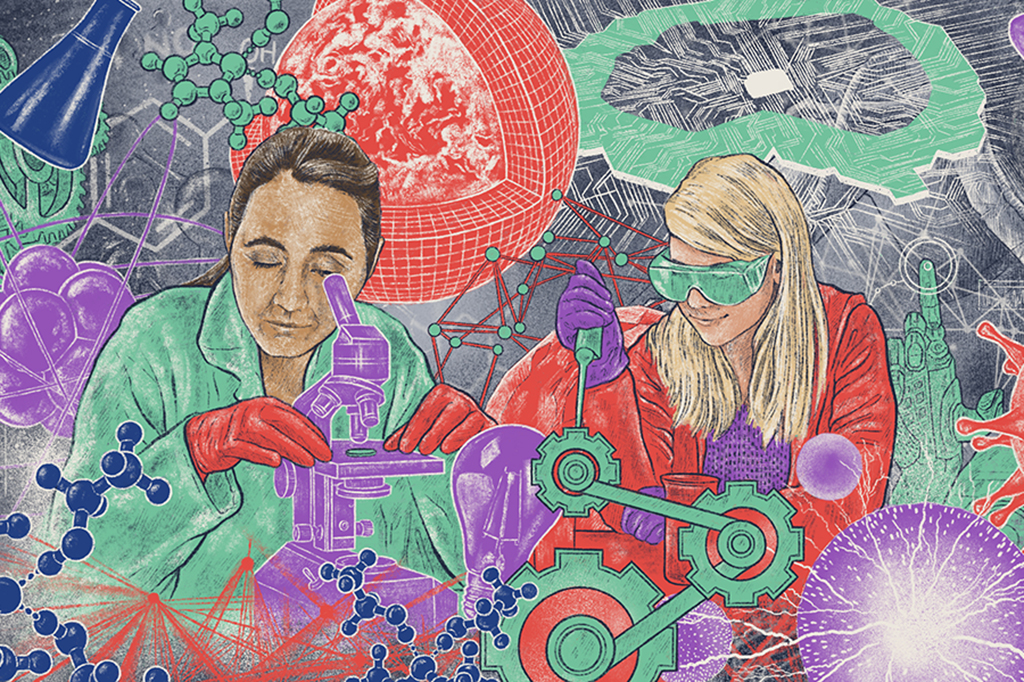
They are determined, ambitious and some of the best in their fields: to mark the International Day of Women and Girls in Science on February 11, SWI swissinfo.ch has portrayed four women who are changing the face of scientific research in Switzerland.
The gender gap persists at all levels of STEM disciplines (science, technology, engineering, mathematics). Globally, in cutting-edge fields such as artificial intelligence, only one in five professionals are women and only 12% of female researchers are members of national scientific academies, according to the United NationsExternal link. The same gap exists in Switzerland.
SWI swissinfo.ch has portrayed four women scientists who are leaders in their fields in Switzerland, from robotics to physics.
Margarita Chli: the champion of robotic vision, ETH Zurich
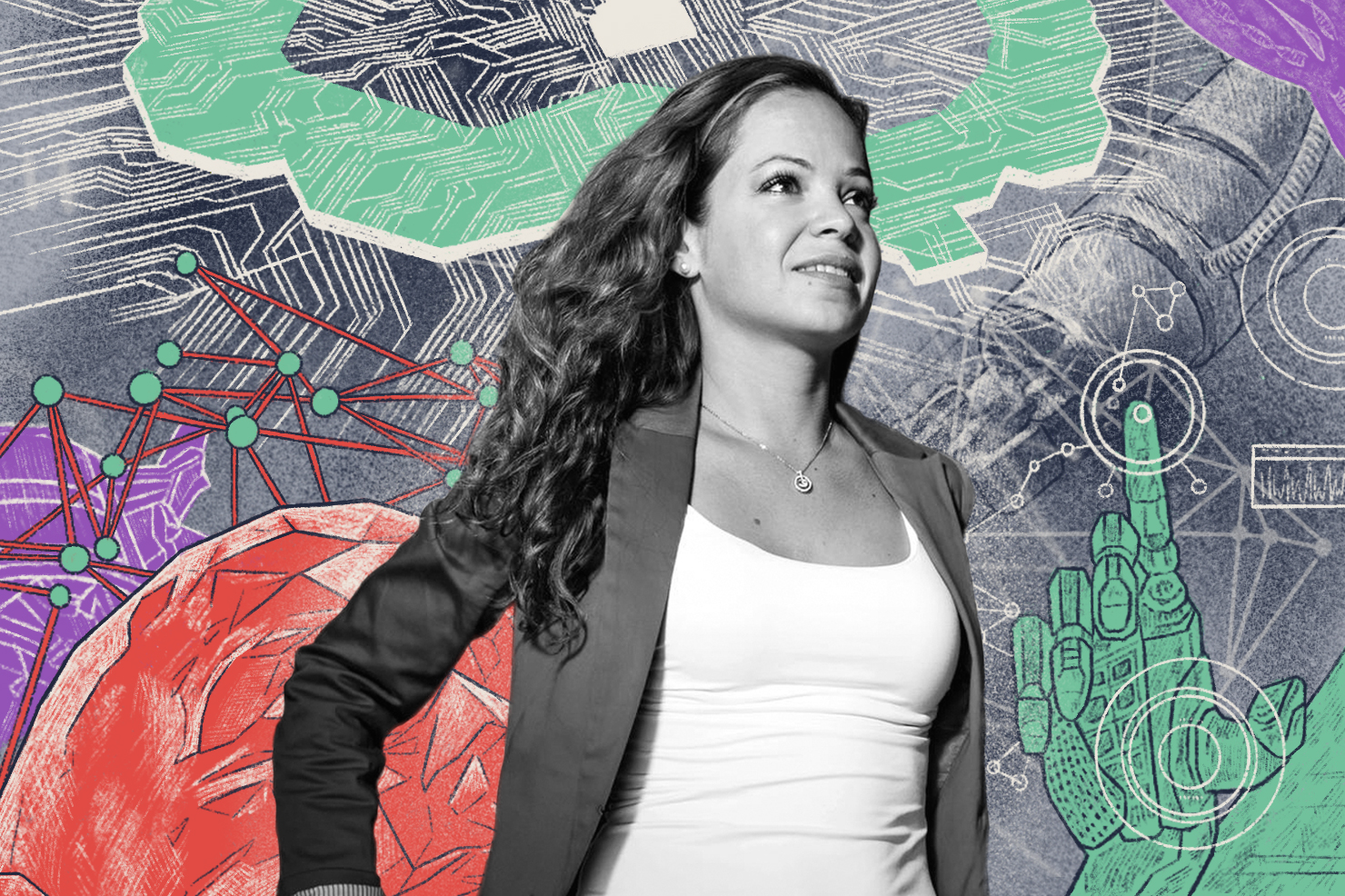
Giving robots the gift of sight: that’s Margarita ChliExternal link‘s mission. A mission which took Chli from her sunny native island Cyprus to the United Kingdom and then to Switzerland. Her encounter with robots though was not instantaneous, but happened during her PhD studies at Imperial College, London. That’s when Chli became passionate about the idea of combining robotics with computer vision to create intelligent machines that could “see”, perceive and interact with the space around them.
Chli’s primary source of inspiration is nature. She observes the flight of eagles, gliding over the water to snatch their prey with precision, and that of flocks of birds which perfectly coordinate their movements. And she tries to reproduce these learnings in her work, specifically when working on what will become the first autonomously flying small helicopter.
Today, Chli leads the Vision for Robotics LabExternal link at the federal technology institute ETH Zurich and is one of only a few women to have succeeded in a male-dominated field.
But she doesn’t feel like she’s made it yet. She says there is still a lot more to do in areas such as monitoring anomalies in factories or search and rescue in the event of Alpine avalanches or earthquakes.
The professor is happy to live in Switzerland: Lake Zurich fills up with bathers in the summer and reminds her of Cyprus. When whole areas of Greece were hit by terrible fires in 2021, Chli got a phone call from a friend, who asked her if it was possible to monitor those areas with the help of drones. “Unfortunately, we’re still far behind in research to be able to do that. But this shows how much robotics could do to improve our lives.”
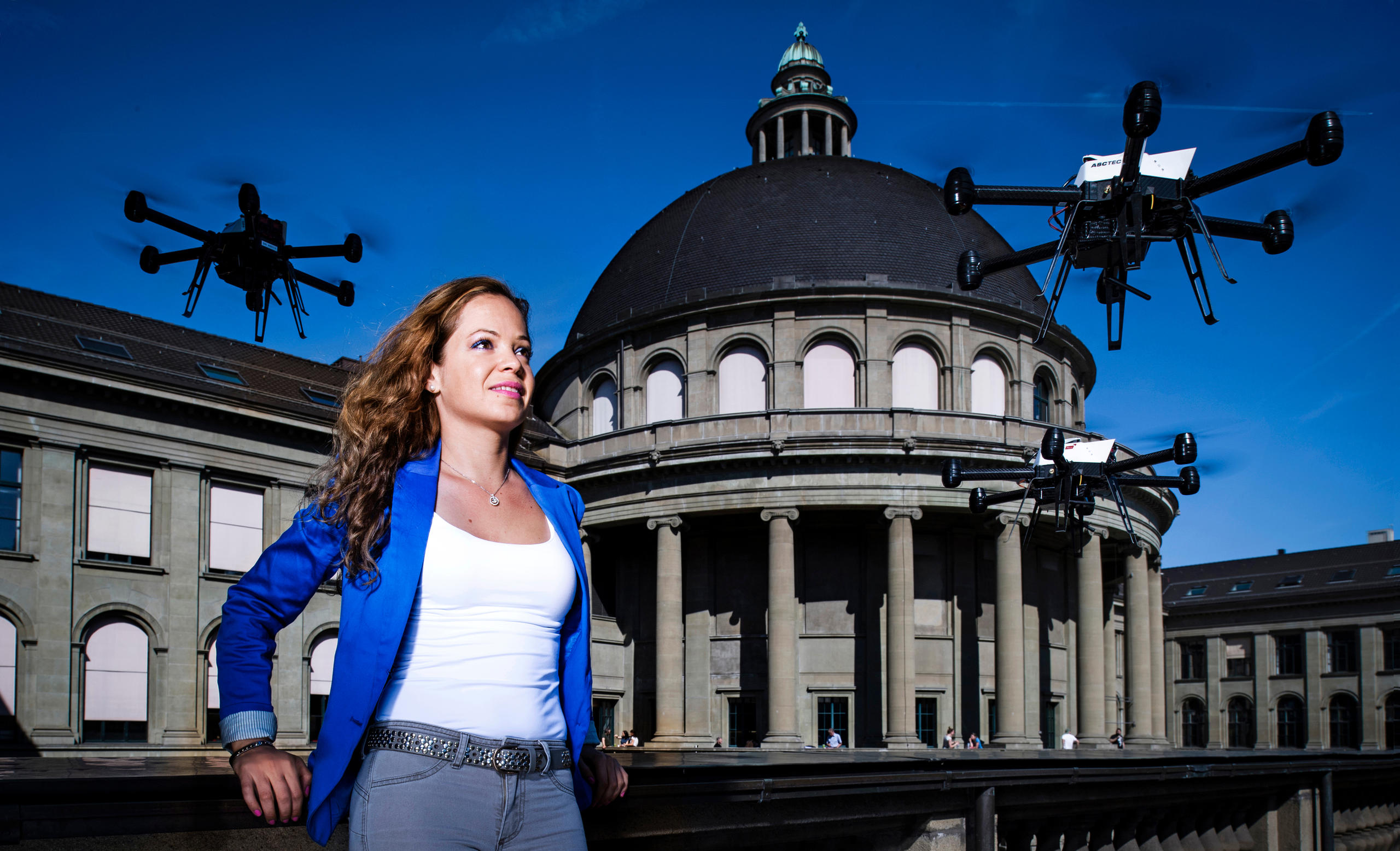
More
‘I try to show the other side of robotics, the good side’
Emma Hodcroft: the virus hunter, University of Bern
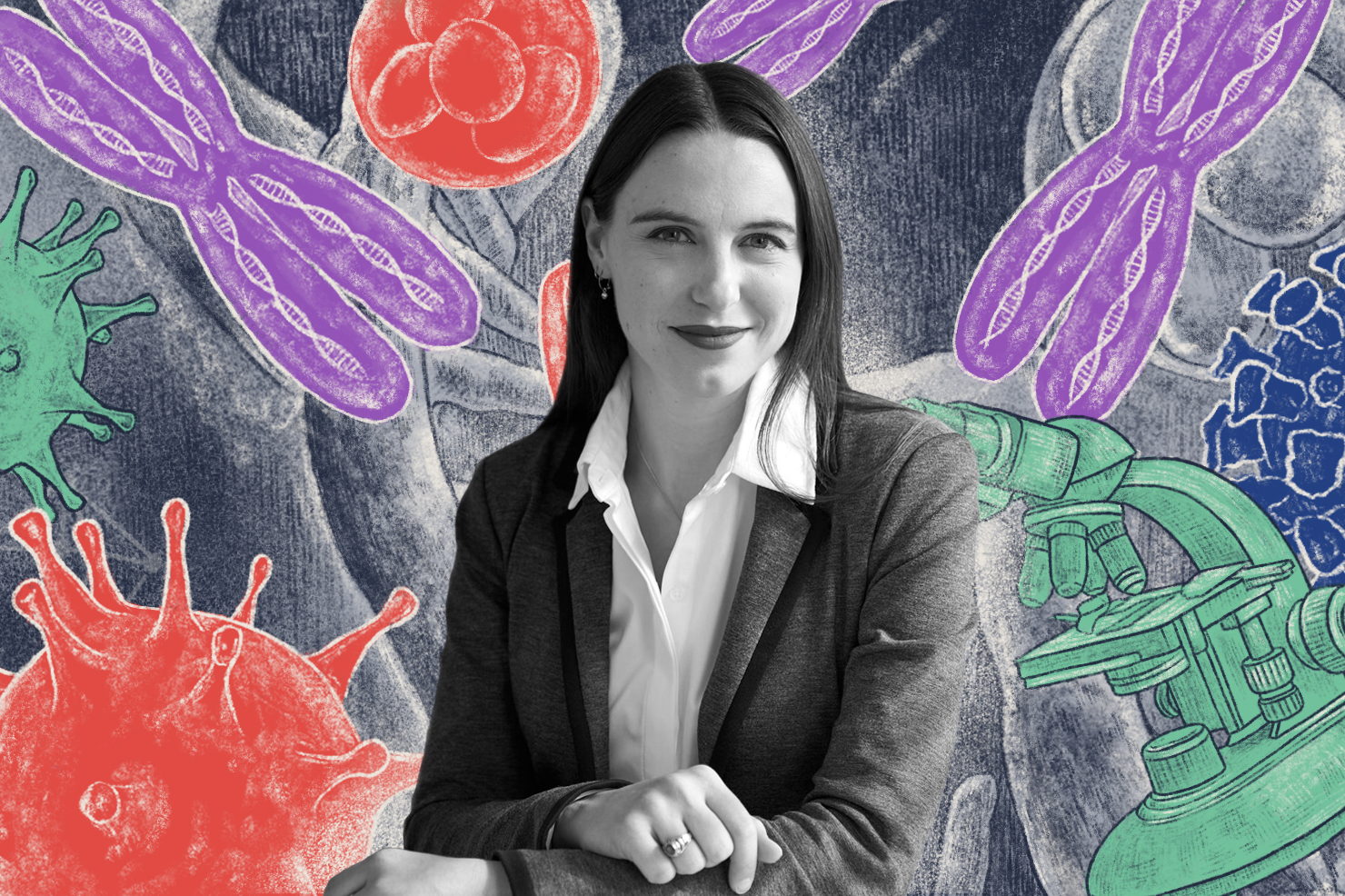
Emma HodcroftExternal link became a familiar face at the beginning of Covid-19 pandemic. Her Twitter accountExternal link exploded in early 2020, going from 800 to 18,000 followers in just a few months.
Born in Norway and raised between Scotland and Texas, Hodcroft has been fascinated by genetic evolution since she was a young girl. She decided to study biology, focusing first on genetic variations of… carnivorous plants. Later, Hodcroft’s attention shifted to omnivorous humans, and from biology to virology. For her doctoral thesis, Hodcroft studied the genetic factors that influence the transmissibility of the HIV virus.
The molecular epidemiologist, who currently lives in Basel, now works day and night to follow the development of the Covid-19 pandemic. Hodcroft’s combined interest in viruses and computer science (of maternal derivation), is a winning one: NextstrainExternal link, the Swiss-US open-source platform Hodcroft helped to develop in 2017, is proving to be instrumental in tracking the evolution of SARS-CoV-2 in real time, through the observation of emerging/new variants.
Today, Hodcroft’s Twitter profile, where she is pictured as a comic book heroine with a bow in her hand and an arrow aimed at a SARS-CoV-2 virus, is followed by more than 79,000 people. Hodcroft’s direct communication style has made her one of the most renowned scientists in Switzerland.
Hundreds of media outlets around the world are talking about her work. But she says her real “hunt” is now against misinformation: “Please don’t make our work harder!” she tweets in an appeal to the media – “Write responsibly!”
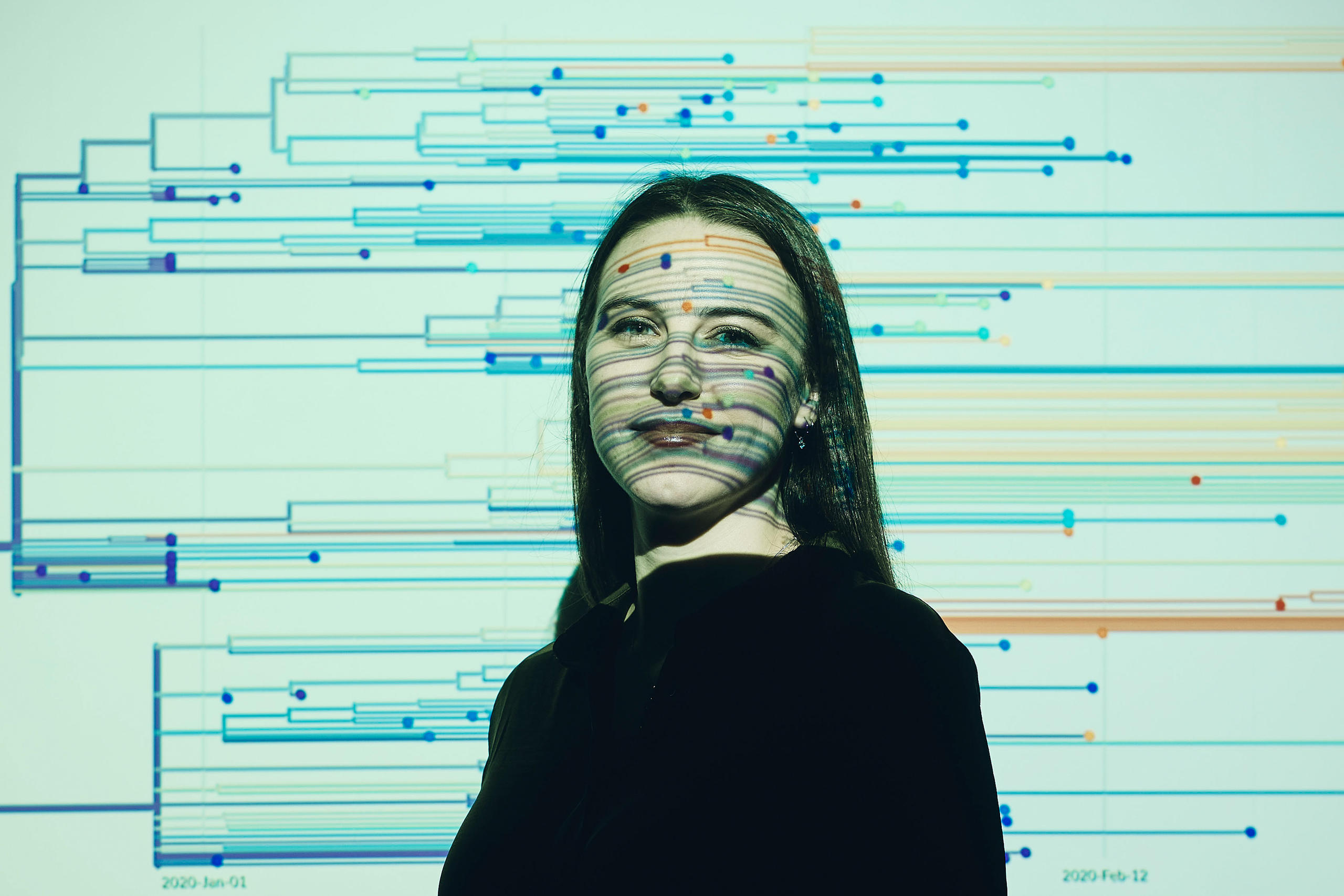
More
Emma Hodcroft: The ‘virus hunter’
Sonia Seneviratne: the climate change guru at ETH Zurich
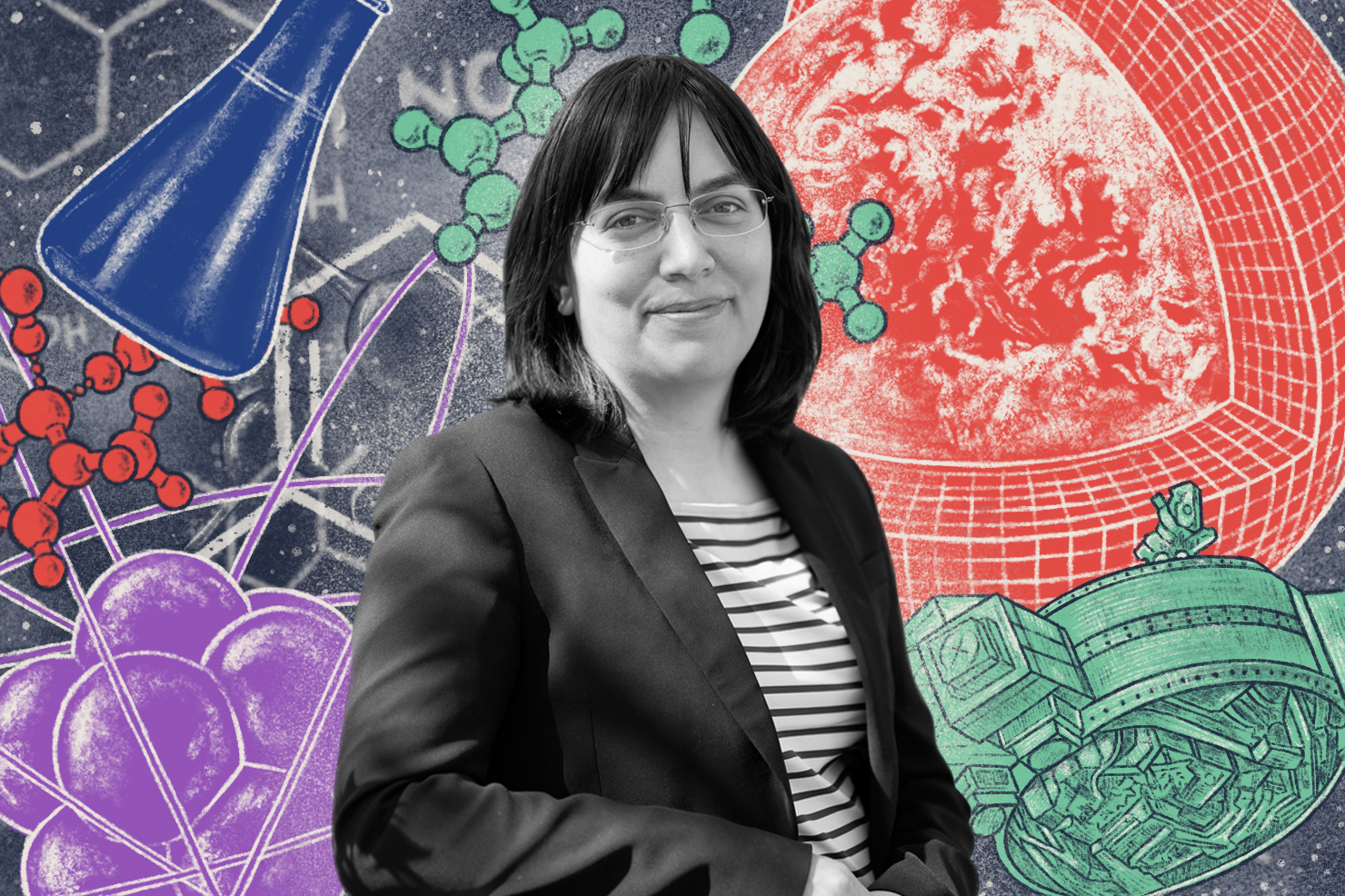
Sonia SeneviratneExternal link is one of the world’s most influential climate scientists. She’s one of the authors of the Intergovernmental Panel on Climate Change (IPCC) reportExternal link that made headlines last year for stating that heavy precipitation and heat waves are expected to increase in the future. Yet, there is little information about her on the Internet. A fellow climatologist called her “one of the best researchers in Switzerland” and “absolutely brilliant.” Most of the time, Seneviratne doesn’t really realize it: her modesty and work ethic don’t leave her much room to boast.
The researcher, who holds degrees in biology and environmental physics, would have good reason to: Seneviratne was the one who discovered the direct link between extreme events and global temperatures in 2018.
One studyExternal link that she participated in last year shows that climate change increases the likelihood of heat waves by 150 times.
But as a child, it was words that fascinated her. Seneviratne wrote stories and spent hours reading the dictionary. Later, drawn to the planets and the universe, Seneviratne first considered studying astronomy. “But then I told myself there was something more urgent here on Earth,” she says.
Seneviratne’s mission goes beyond research. In her private life, she advocates forms of “nonviolent civil disobedience” and calls for fighting global warming with more environmental policies and reducing the use of petrol and eating less meat.
Seneviratne obtained a professorship at the Institute for Atmospheric and Climate Sciences at ETH Zurich when she was only 32 years old. She owes her decision to pursue a career in academia, to an exchange at the Massachusetts Institute of Technology (MIT), where she met many female colleagues who aspired to become professors. “The biggest difficulty in Switzerland was the lack of female role models, which I had come across in the United States instead. They opened up new horizons for me.”
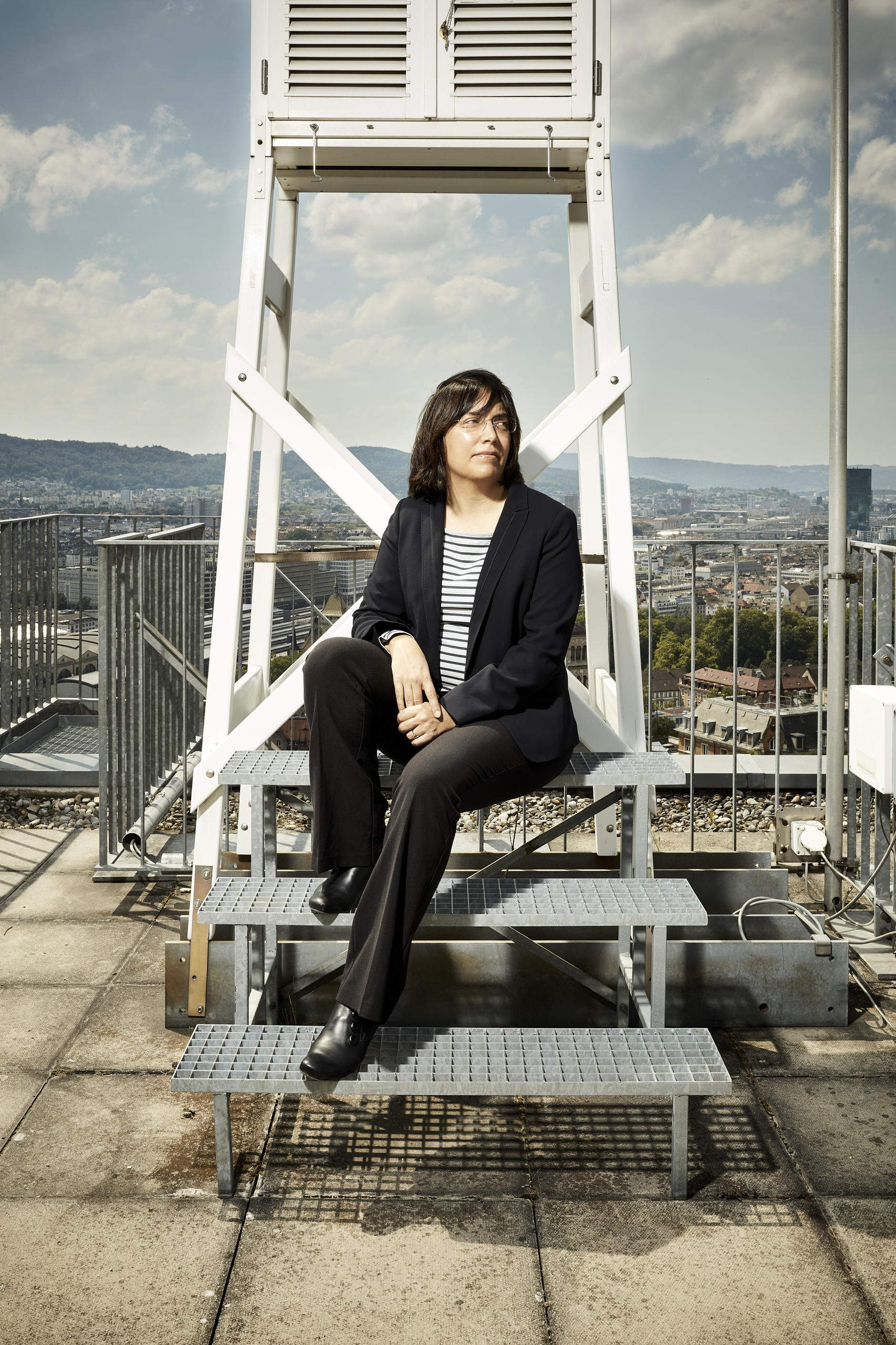
More
‘We are at the start of a new climate regime’
Lavinia Heisenberg: the gravity-buster, ETH Zurich
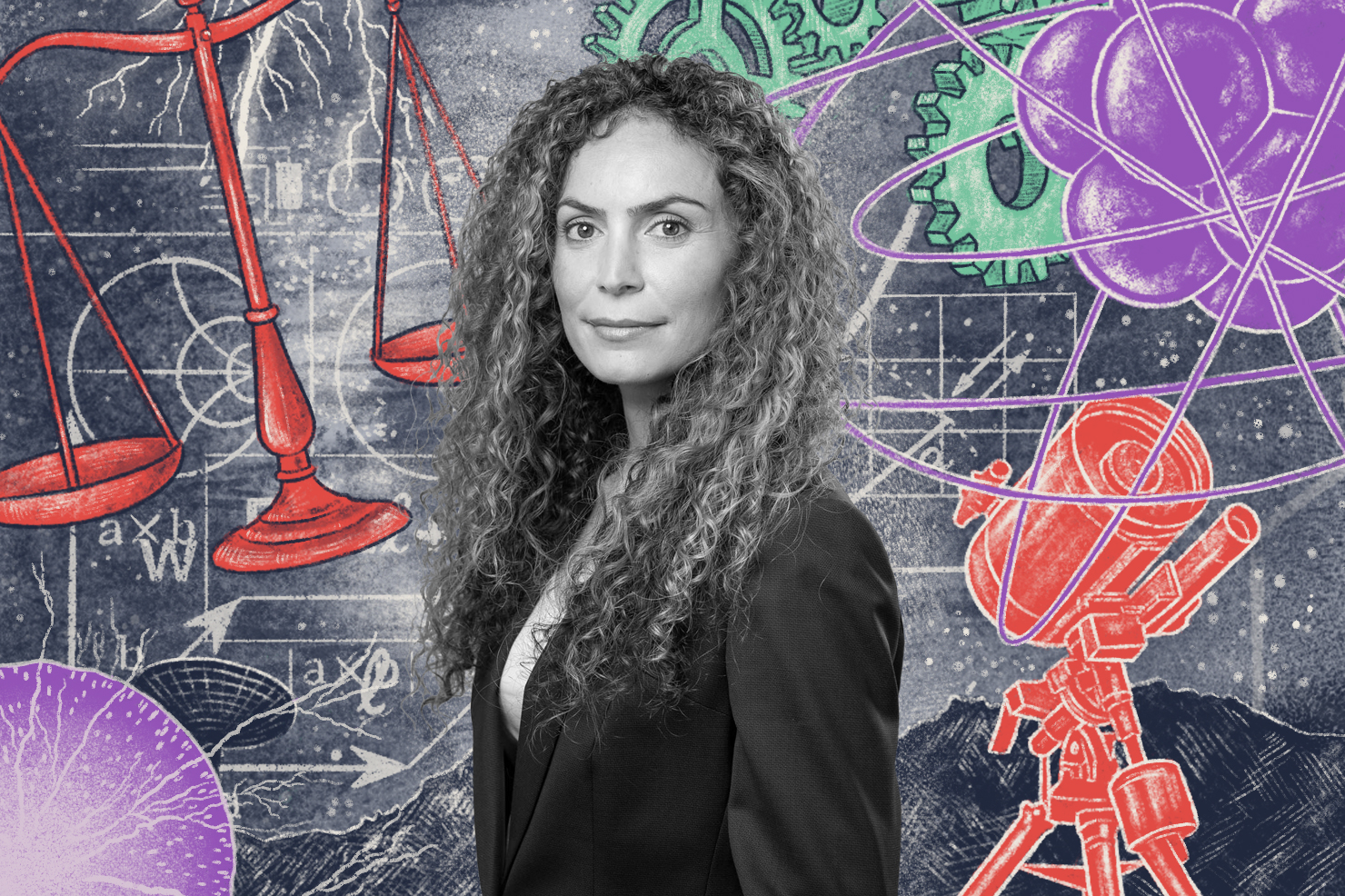
Lavinia HeisenbergExternal link wants to understand the laws of nature. “Where did we come from? How did the universe form?” she asks. The cosmos exerts a special magnetism for her. As a young girl, Heisenberg loved Star Wars, as an adult she turned to physics and cosmology.
But it is in the force of gravity that Heisenberg seeks her answers. She says that understanding the fundamental law of gravity is essential to understanding nature or the physics behind the universe. Heisenberg’s studies and research have taken her all over the world: Stockholm, Tokyo, Waterloo… Heisenberg speaks eight languages! Her curiosity is unstoppable, as is her desire to answer the many questions that accumulate with each discovery. Her list of publications is impressive and her work on gravitational theory is considered pioneering, winning her several awards.
Heisenberg’s dream, however, is to become an astronaut. “My chances are slim,” she says. But she’s got what it takes: as a professor at the Institute for Theoretical Physics at ETH Zurich and an internationally renowned researcher, Heisenberg is also an athlete. She keeps fit by running, working out in the gym and climbing. But she doesn’t forget to train her mind, too, by listening to classical music and practicing archery, which is perfect “for concentration and for staying zen”.
International Day of Women and Girls in Science
This article belongs to a four-part series by SWI swissinfo.ch to mark the United Nations’ International Day of Women and Girls in Science on February 11.

In compliance with the JTI standards
More: SWI swissinfo.ch certified by the Journalism Trust Initiative
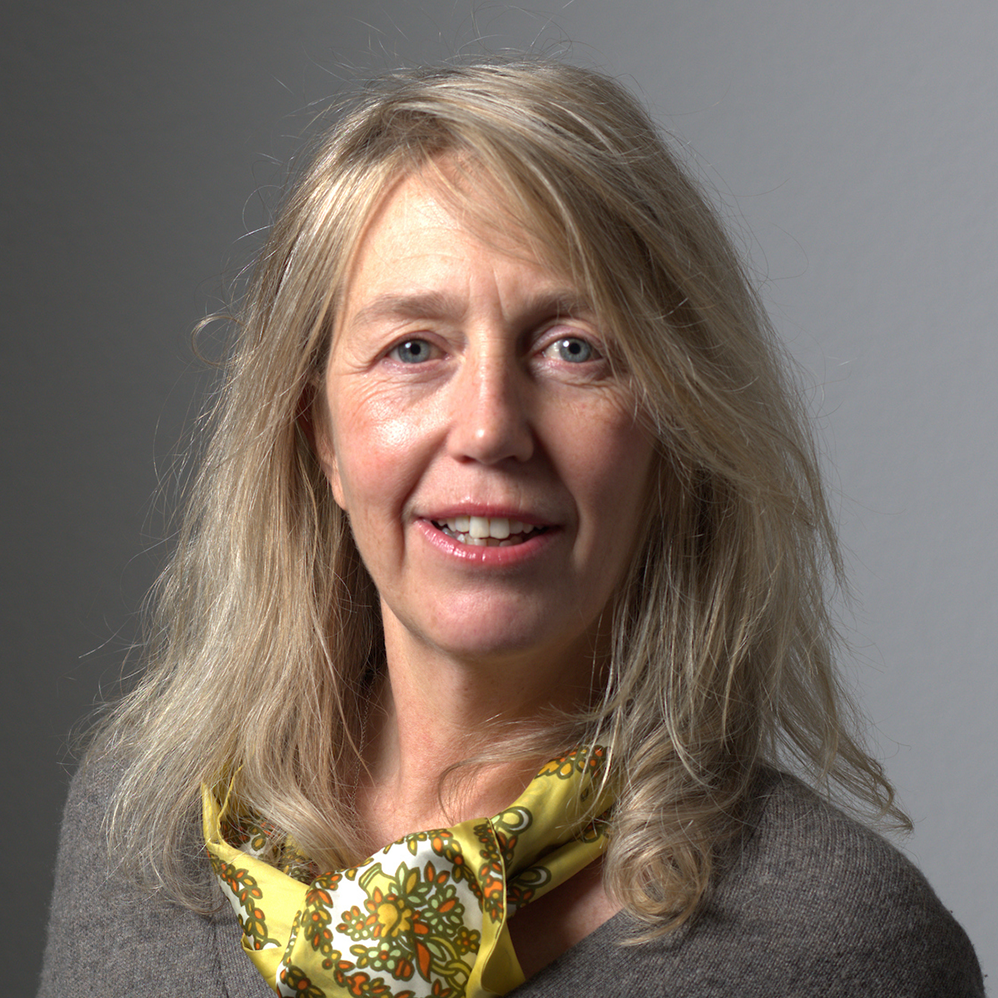
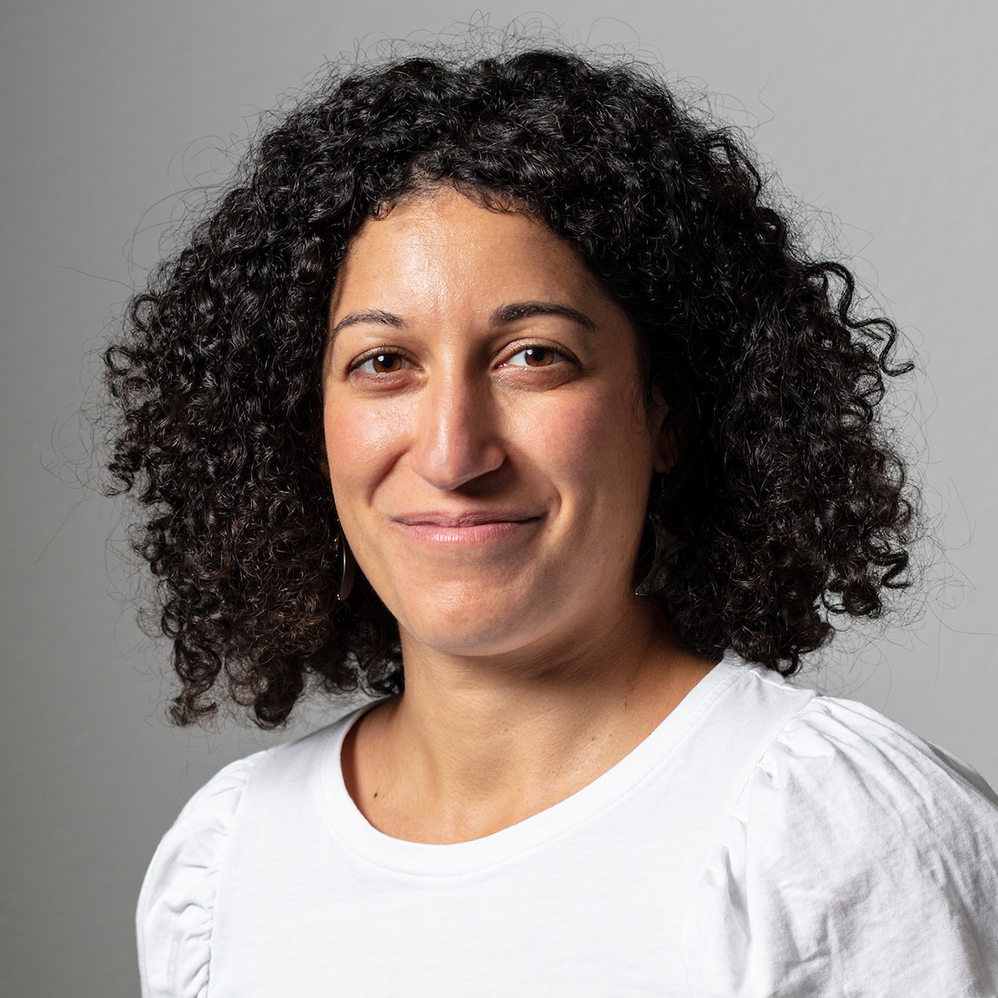


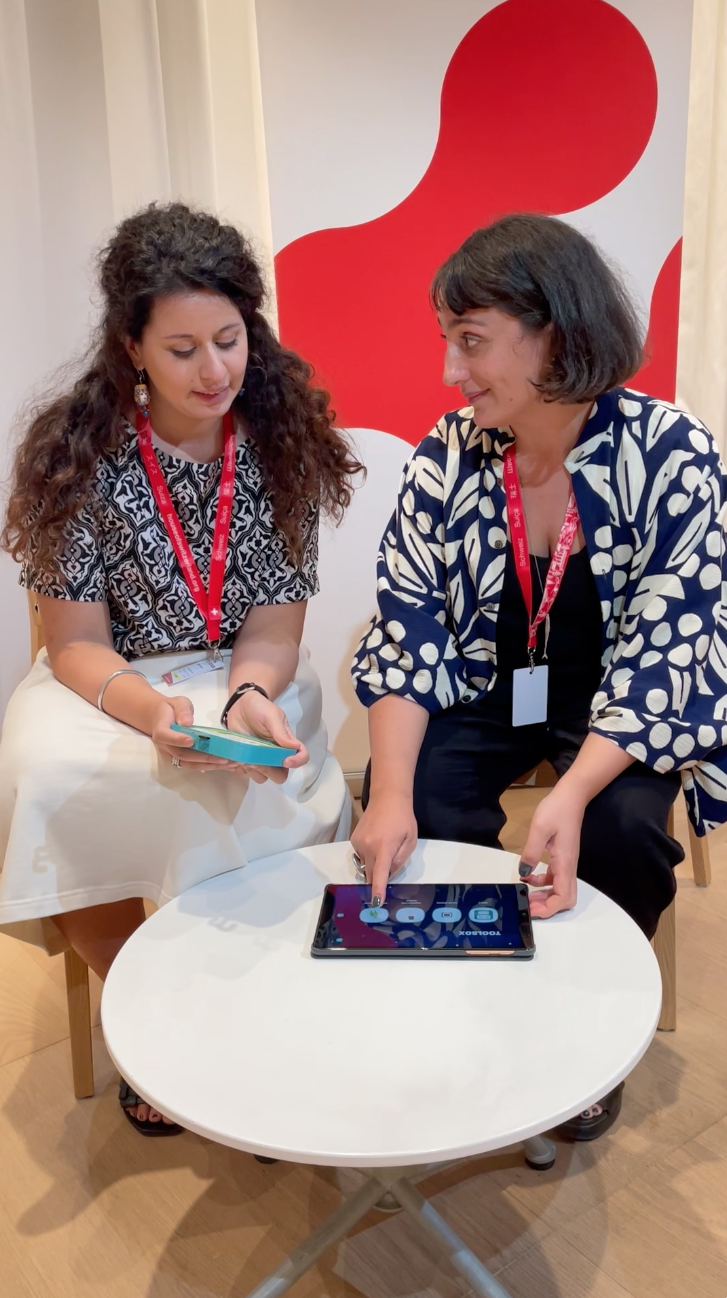

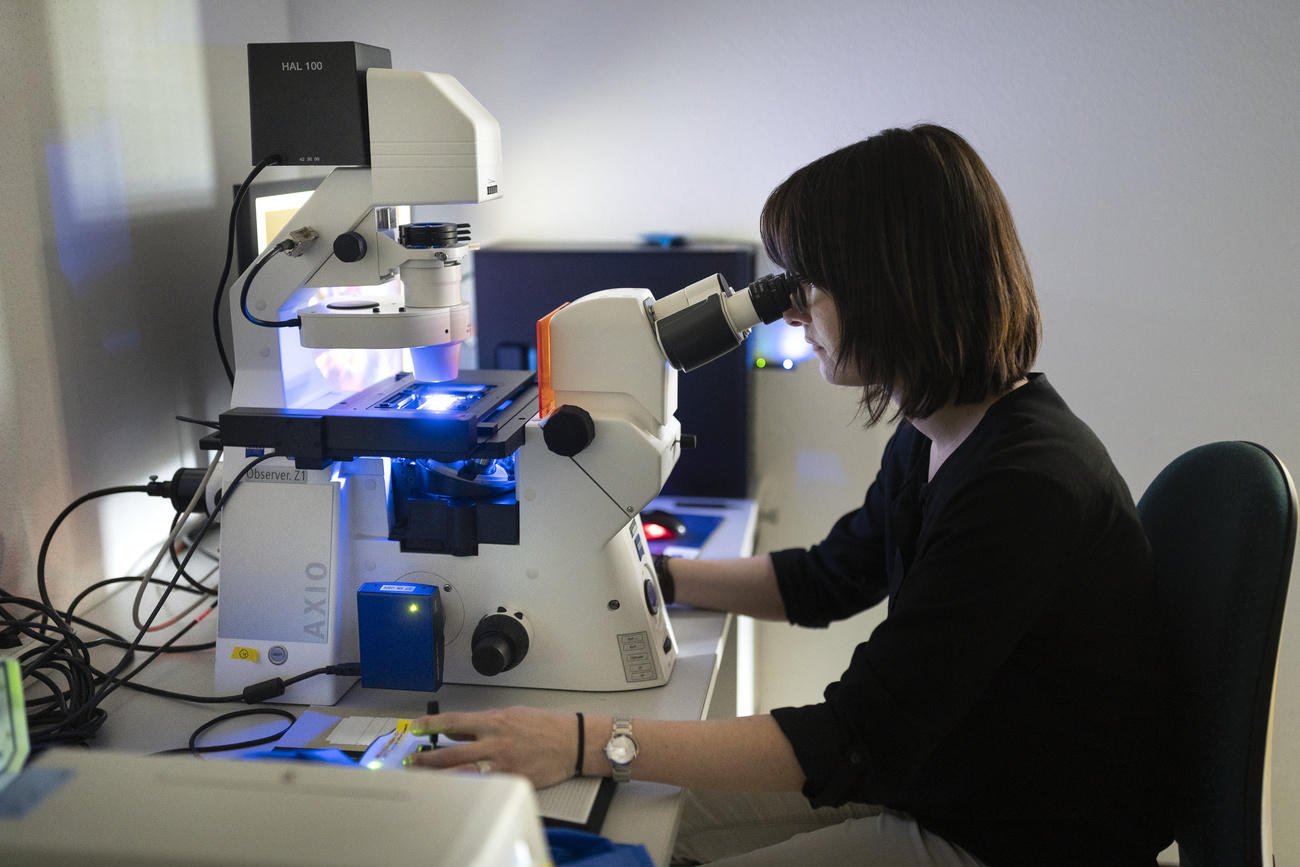
You can find an overview of ongoing debates with our journalists here . Please join us!
If you want to start a conversation about a topic raised in this article or want to report factual errors, email us at english@swissinfo.ch.